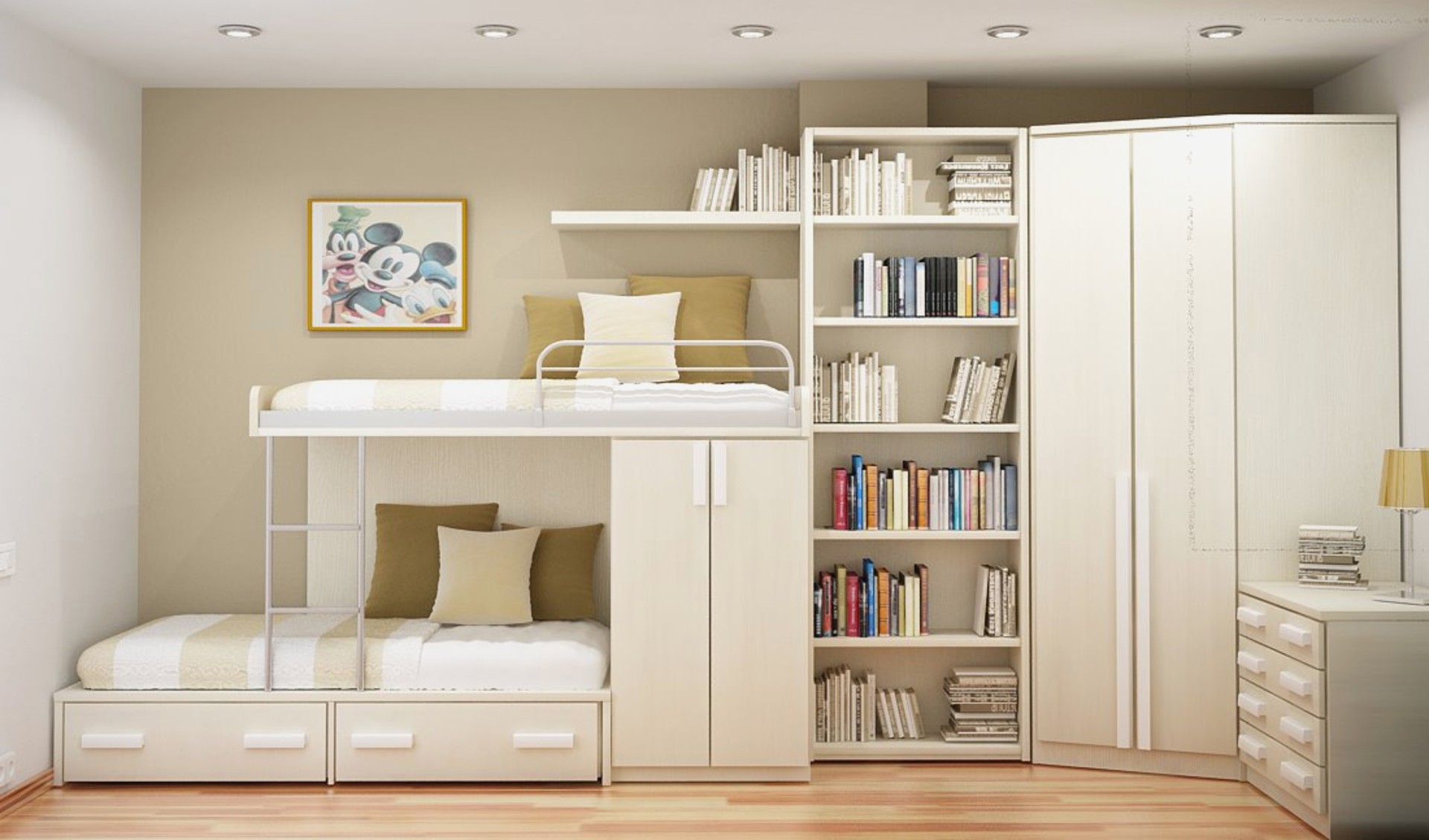
If you are in the market for a new toilet and aren’t sure where to begin, then you’re not alone. At first glance, you might think that a toilet is, well – just a toilet. But that’s not the case. There are many different types of toilets available, and each has its own unique features, benefits, and drawbacks. So how do you know what toilet to buy? And what should you look for before making the purchase?
In this article, we will go over everything you need to know about buying a toilet so that you can choose the best one for your needs and budget.
The Typical Toilet Suite
The typical toilet suite includes a cistern, a pan, and a toilet seat. The cistern is where the water sits in the tank and is what flushes the toilet. A cistern is made up of two parts: a bowl (the top part) and a tank (the bottom part). The pan is the actual bowl at the bottom of the cistern (often referred to as a ‘bowl’).
The seat sits on top of the pan, and it’s this bit that you sit on when doing your business. It’s made up of two parts, also a base plate that attaches to the floor via bolts or fixings, and then the seat itself, which rests on top of the base plate.
Of course, there are other types of toilets that include different features and configurations, but these are the main components of most toilets that you’re probably already familiar with.
The S Trap, P Trap and Skew Trap – The Set Out
Toilets also include different plumbing fixtures called traps. The most common traps you’ll encounter these days are the S-Trap, the P-Trap, and, less commonly, the Skew Trap. The main difference between these fittings is the shape and where they exit the toilet.
For most people, an S-Trap or P-Trap will work just fine, but if you have a particularly small bathroom with limited space, then you may want to look for the less common Skew-Trap, which exits from either side on the bottom of the toilet instead of from the back or through the floor.
Water Inlets
The water inlet is on top of your tank and has two pipes that go into the tank. One pipe goes straight into the tank, while another goes out of the top of the tank and into your wall or floor drain. This pipe is called an overflow tube, and it helps prevent the overflowing of wastewater into your bathroom when there is too much waste being flushed down at once.
Toilet Designs
Toilets come in a variety of different shapes and sizes. The most common types are the flush toilet, which is usually attached to the floor, and wall-mounted toilets, which hang from the wall. Both kinds operate on the same principle; they both use water to carry waste to a sewage system where it gets disposed of.
Toilet Seats
There are several main types of toilet seats that you should be aware of. The most common toilet seats are round seats, but elongated and raised toilet seats are also available. Elongated seats are typically a bit more comfortable when sitting for a long period of time, and raised seats give you extra leg room, which can be useful if you are very tall or have mobility issues.
Bidets and Smart Toilets
Some fancier toilets will include options such as bidets and smart features. Bidets are an attachment that spray water from a nozzle to help you clean your bottom after using the toilet. Smart toilets, on the other hand, are rather expensive but come with some awesome features. Many are self-cleaning, have heated seats, and even include remote controls for flushing, so you don’t have to touch the handle.
Conclusion
Regardless of which model you choose, you will probably need some help with the toilet installation. Be sure to contact a licensed plumbing service so that everything gets set up correctly and you don’t damage any of the pipes or drains in your home when installing your new toilet.


